BY MARY KATE SABLESKI & JACKIE ARNOLD Why is this happening? What will happen next? When will this be over? Children and adults alike are asking these questions right now. But no one has certain answers. And keeping consistency and calm in place for our young people amidst constantly changing news is a challenge. Sharing a story can be a helpful hand for parents to help children process the closures and mandates that we are all struggling to understand. In this blog post, we share four books to read with children during these uncertain times.
All four of these books can be found on YouTube in a read aloud format. So, snuggle up with your loved ones, share a story, and, possibly, feel just a bit better about these uncertain times. Mary Kate Sableski and Jackie Arnold are CLA Board Members and Master Class 2020 Co-Chairs. Previously published in the Dayton Daily News (March 30, 2020)
BY KATHRYN CAPRINO
Teachers have been thinking about how to incorporate mindfulness into the elementary school classroom for a bit now. During the fall semester, I completed a study about how children’s picture books that featured mindfulness affected preservice teachers’ mindfulness and how they were thinking about incorporating mindfulness into their classrooms.
And the recent global pandemic has only underscored the importance of having children’s picture books that feature mindfulness. We, as parents, teachers, and teacher educators, need them for ourselves. And we need them for our students. In this post, I share a few contemporary picture books that feature mindfulness elements, and include electronic resources that complement each book - perfect during this time of remote learning. It is my hope that these titles might help us all get through these trying times and propel us into a more mindful approach to what normal looks like on the other side of all this.
|
|
Quick side note: I had the opportunity of seeing a traveling Carle exhibit in Norfolk, Virginia, last summer. With pieces from The Eric Carle Museum of Picture Book Art , the exhibit provided visitors with an opportunity to learn more about Carle’s artistic process and to see some of the most iconic images from his books. One of my favorites was one of his owls! I encourage all of you to visit the museum once things return to normal. You can ask your students to take a virtual tour of the museum.
|
Tomie dePaola's Quiet
Susan Verde and Peter H. Reynolds' I am Peace: A Book of Mindfulness
Mariam Gates' Good Morning Yoga
Kira Willey and Anni Betts' Breathe Like a Bear
- Intention relates to having a personal vision.
- Attention relates to focusing on moments in our lives.
- And attitude relates to the approach one takes to attention.
Shapiro, S. L. Carlson, L. E., Astin, J.A., & Freedman, B. (2006). Mechanisms of mindfulness.
Journal of Clinical Psychology, 62(3), 373-388.
(Re)Connecting & Staying Connected: Sharing Our Lives Through Family Stories & Oral Storytelling
5/21/2020
BY SELENA E. VAN HORN
Connecting with Picturebooks
Mark Gonzales’ Yo Soy Muslim
“Dear little one,
…know you are wondrous. A child of crescent moons, a builder of mosques, a descendant of brilliance, an ancestor in training.”
This story is written as a letter from a father to a daughter celebrating their shared multiple, intersecting identities of race, language, and religion. He passes on his teaching and pride so that it will multiply for generations.
Dan Yaccarino reads All the Way to America: The Story of a Big Italian Family and a Little Shovel
“Work hard...and remember to enjoy life…
And never forget your family”
Yaccarino tells his family’s history from his great-grandfather to his own children through the passing of a family heirloom (a little shovel). He shares the value of family relationships (near and far) and treasuring the little things in life.
|
Jacqueline Woodson’s The Day You Begin
inspired by a poem in her book Brown Girl Dreaming
“There are many reasons to feel different. Maybe it's how you look or talk, or where you're from; maybe it's what you eat, or something just as random. It's not easy to take those first steps into a place where nobody really knows you yet, but somehow you do it.”
Woodson shares how the very things that may make us feel different are the things that make us special. While in some locations or groups we may be individual in our identities and traditions, in other spaces and groups, we may share how we look or talk, where we are from and/or what we eat. It is through our shared histories/storytelling that we learn the values of our families’/communities’ journeys and gain strength in sharing with others. When this happens and we decide to share, it is “The Day You Begin…”
|
Recording and Transcribing Oral Stories
- Students interviewing family members about their shared traditions and/or histories
- Students recording a podcast with their siblings about a shared memory they have
- Students engaged in an individual oral storytelling of their choosing
Oral histories/stories can be recorded and transcribed for multiple listening/reading opportunities. They can be shared with their teacher/class and shared with family/community as a treasure. Students might also consider starting their own podcast and/or oral journaling. Below are a few tools that offer free recording and transcription.
Zoom for Education
Otter.ai
Voice Memo App by Apple
BY EVELYN B. FREEMAN
| The Outstanding International Books List (OIB) is a wonderful resource for international children's and young adult books. Sponsored by The United States Board on Books for Young People (USBBY) annually since 2006, the OIB highlights excellence in books originally published outside of the United States and subsequently published in the U.S., as well as books published in another country that are regularly distributed in the U.S. Typically 39-42 books are named on the award list appropriate for grades preK-12. An article about the list appears in the February issue of School Library Journal. For information about the lists, a downloadable bookmark for each of the lists, and link to the SLJ articles, visit the OIB webpage. |
|
When I served on the 2019 Outstanding International Books Committee, one book on the list was Farmer Falgu Goes to the Market by Chitra Soundar and illustrated by Kanika Nair (Karadi Tales, 2014; first U.S. printing 2018). Set in India, this humorous picture book recounts the disastrous trip Farmer Falgu makes to market with his oxen-pulled cart laden with food. Descriptive language introduces children to onomatopoeia. Farmer Falgu’s resourcefulness in turning his ruined cargo of goods into delicious omelets is a clever take on the moral: how to make lemonade out of lemons. With bold, vivid illustrations, this positive, upbeat, and funny story would be a joyful book to read aloud online to children.
|
Deanna writes:
|
Lubna and Pebble by Wendy Meddour and illustrated by Daniel Egnéus (Dial, 2019) is a beautiful picture book for primary and intermediate grades. The first page says, “Lubna’s best friend was a pebble. It was shiny and smooth and gray.” The illustrations depict Lubna’s huge eyes admiring her small pebble. All children will be able to relate to caring for an object—maybe a blanket or stuffed animal. Lubna found her pebble on the beach the night her family arrived at the world of tents. I used this particular book to demonstrate how to make connections and discuss visual literacy because all of the elements of art are easily found in the bright and colorful illustrations from texture, color, lines, perspective, and more. |
|
A Sky Without Lines by Krystia Basil and Illustrated by Laura Borràs (minedition, 2019) is about a family that is separated by a border. Arturo and his mother live on one side and his father and brother live on the other side. The brothers dream about seeing and playing with each other again but the border makes this impossible. I used this picture book to demonstrate how to ask questions while reading, “Why do fences exist between countries?” “How do families who live between countries visit and see each other?” “Are there other types of fences, lines or borders?” |
BY ASHLEY A. ATKINSON
One silver lining that has stemmed from COVID19 is the influx of resources provided by authors and illustrators to assist parents and teachers in engaging with literacy learning at home. I have seen several blog posts, including Lora M. Dewalt's Post on this blog @Instagram’s #KidLit Community, that highlight amazing opportunities to engage with authors. In today’s post, I am going to focus on the illustrators.
Visual images are an important aspect of meaning making for young children. Often in the classroom, we focus on the words authors pen and less on ways in which the illustrator is a crucial part of the story. Larry Sipe in his book, Storytime: Young Children's Literary Understanding in the Classroom, highlighted the interplay and interconnectedness between images and text, what he called synergy. The synergistic relationship of illustrations and text makes clear the greater impact when viewed together. Giving students a chance to engage and create both text and illustrations honors this relationship and expands the possibilities for how children make meaning.
|
A perfect example of this powerful union is Drawn Together, written by Minh Lê and illustrated by Dan Santat. This picturebook starts with panels where images begin the story. Throughout the story as the words and images collide, they both become more impactful and moving, highlighting their synergistic relationship. Watch the video to the right as Dan Santat shares his process for creating the art in this text.
|
|
Resources for Creation
Mo Lunch DoodlesYou may be familiar with Mo Willems as the well-known author and illustrator of the Elephant and Piggie book series, but did you know he is also the Kennedy Center Education Artist-in-Residence at Home? In partnership with the Kennedy Center, he has created 15 episodes of Lunch Doodles with Mo Willems. In his own words, Mo Willems says, “You might be isolated, but you’re not alone. You are an art maker. Let’s make some together.” The series offers downloadable activities that focus on his creative process as well as some “how to draw” activities. In an effort to isolate together, students can tag their artwork on social media with #MoLunchDoodles. What a great way for students to see how a single image can be the seed that grows into a whole picturebook! How to Draw DisneyDisney is offering its own how to draw series which allows students to create their own stories around some of their favorite characters.
|
Dav Pilkey at HomeAnother great resource comes from Dav Pilkey, author and illustrator of Captain Underpants and Dog Man. He is working in conjunction with Scholastic and the Library of Congress to offer weekly video lessons that focus on a chance to read, to draw, to create, and to engage with other multimodal fun. What is great about this resource is that it offers a chance for families to have conversations around books and create art together. Ready- Set- DrawKidlit.tv, a great resource on its own, has a subpage called Ready-Set-Draw that includes how to draw characters from several current children’s picturebooks. This is a great resource to pair with read-aloud videos and book talks #KidsDailyDebbieOhiLastly, Debbie Ridpath Ohi offers daily creation challenges via her twitter that allows another way for students to work together while apart. Each day offers an art creation project that can be down with things around the house. Some recent challenges... broken crayon story/art, creating a dog character, and laundry art! Check out other children’s responses by searching for her tag #KidsDailyDebbieOhi. |
These resources can offer entry into discussions of the images within picturebooks or a great springboard into students creating their own stories. They also create opportunities for students and families to engage with literacy in a new way. I hope you enjoy using these resources to help your students and families have a little fun as they imagine and create together.
BY THOMAS CRISP, MARY NAPOLI, VIVIAN YENIKA-AGBAW, & ANGIE ZAPATA
Changing the Stories We Share: Transforming the Children’s Literature Landscape
|
Stories matter. Many stories matter. Stories have been used to dispossess and malign. But stories can also be used to empower and to humanize. Stories can break the dignity of a people, but stories can also repair that broken dignity.
—Chimamanda Ngozi Adichie (2009) Stories summon us to wisdom, strength, and delight and make the richness of imagination available to all of us in order to envision a better world and to take action that makes a difference. Stories have the power to direct and change our lives and world--if we provide the time and space necessary for their role in meaning making, life making, and world making. —Kathy G. Short (2012, p. 17) |
With the November 2015 approval of the National Council of Teachers of English (NCTE) “Resolution on the Need for Diverse Children’s and Young Adult Books,” JCL is committed to the recognition of diverse voices; to the support of emerging Indigenous, Black, and People of Color (IBPoC) scholars and researchers; and to excellence in interdisciplinary research and scholarship in the field of children’s literature. Therefore, we welcome submissions that center literature studies in relation to issues of social justice and equity, representations of populations that have been historically marginalized or underrepresented in children’s texts and culture, and the intersections between popular culture and identity.
Our team shares a commitment both to children’s literature and the field of education. We understand how children’s texts contribute to learning and the development of critical literacies and also serve as powerful cultural artifacts that inform the ways readers view and understand themselves and the world in which they live. We believe that all of us concerned with children’s texts (e.g., teachers, teacher educators, librarians, researchers) must attend to the content of children’s books as literary, cultural, and political objects.
About Our Team
|
THOMAS CRISP, PHD
ASSOCIATE PROFESSOR OF LITERACY, GEORGIA STATE UNIVERSITY Thomas Crisp is an associate professor of literacy and children’s literature in the Department of Early Childhood Education in the College of Education at Georgia State University. His research and scholarship center primarily on topics related to justice and the representation of populations that have been traditionally marginalized and underrepresented in children’s media and culture (with particular concern toward gender and sexual identities). His involvement with the Children’s Literature Assembly (CLA) includes serving as communications co-chair; chair and co-chair of the Master Class; chair and co-chair of the Awards Committee; co-chair of the Committee on Diversity, Equity, and Inclusion; and a member of the board of directors. He also coauthored the CLA’s position statement on the importance of critical selection and teaching of diverse children’s literature. In addition to his work with CLA and NCTE, he currently serves as the vice president/president-elect of the Children’s Literature Association VIVIAN YENIKA-AGBAW, PHD
PROFESSOR OF EDUCATION, PENNSYLVANIA STATE UNIVERSITY, UNIVERSITY PARK Vivian Yenika-Agbaw is a professor of literature and literacy in the Department of Curriculum and Instruction at Pennsylvania State University, University Park. Her research and scholarship center on children’s and young adult literature and are informed by theories of critical multiculturalism, postcolonialism, and reader response. She publishes and presents primarily on topics related to social justice and the representation of populations that have been historically marginalized and underrepresented in children’s texts and culture (with particular concern toward race, class, gender, and disabilities). She has been a member of the CLA since 2009 and a member of NCTE for over 20 years, serving in various capacities. She has reviewed book manuscripts for NCTE; served as a member of the Notable Books for a Global Society committee; chaired the College Luncheon Committee at the NCTE annual conference in Philadelphia; reviewed students’ essays for NCTE’s National Awards; served as the vice president for colleges for the Pennsylvania Council of Teachers of English Language Arts (PCTELA); served as the Assembly on Adolescent Literature (ALAN) of NCTE state representative for young adult literature; and served on the NCTE Commission on Media. She served recently on the International Research Society for Children’s Literature Board. |
MARY NAPOLI, PHD
ASSOCIATE PROFESSOR OF READING, PENN STATE HARRISBURG Mary Napoli is an associate professor of reading in the School of Behavioral Sciences and Education, where she teaches both undergraduate and graduate literacy courses, including children’s and adolescent literature. She is currently the professor-in-charge of the master of education in literacy education and K–12 reading specialist certification graduate program. Her research and scholarship are informed by theories of critical multiculturalism and reader response. Mary has been a member of NCTE since 2001 and a member of the CLA since 2003, serving both in various capacities. She has been a member of several professional committees, including the Jane Addams Children’s Book Award committee, Notable Children’s Books in the Language Arts committee, and the NCTE Award for Excellence in Poetry for Children committee. ANGIE ZAPATA , PHD
ASSOCIATE PROFESSOR OF LEARNING, TEACHING, AND CURRICULUM, UNIVERSITY OF MISSOURI Angie Zapata is an associate professor of language and literacy for social transformation (LLST) in the Department of Learning, Teaching and Curriculum at the University of Missouri. She is a longtime elementary teacher of bilingual and multilingual children; a teacher educator of undergraduate students preparing to be teachers of language and literacy in diverse, elementary settings; and an advisor to doctoral students in LLST. She teaches undergraduate, master’s, and doctoral courses focused on language, literacy, identity, and literature for children and youth in both online and face-to-face settings. The research methodologies she employs are oriented toward bridging the gap between theories of humanizing pedagogies and ethical classroom practice through collaborative teacher–researcher inquiry in literature-based and transling-ual contexts. She has been a long-standing member of the NCTE and the CLA; served on the Charlotte Huck Children’s Book Award Committee; served as co-chair of the Committee on Equity and Inclusion and as a member of CLA’s board of directors; and coauthored the Interna-tional Literacy Association Statement on Expanding the Literature Canon and the CLA position statement on the importance of critical selection and teaching of diverse children’s literature. |
Our Work with JCL
Our team is committed to building upon the work of previous editors by bringing together master teachers, recognized scholars and researchers, and emerging voices (e.g., new scholars, doctoral students) across disciplines as contributors to JCL. We recognize that under the guidance of previous editorial teams, the theoretical content of JCLhas increased. We view this shift as particularly important for teachers and teacher educators in the current context of high-stakes testing (e.g., the edTPA), educational initiatives (e.g., the Common Core State Standards), and the “deprofessionalization” of teachers and the teaching profession. Through JCL, we want to foreground the attention to reader response, critical literacies, critical multiculturalism, and social justice.
We will continue to center scholarship and research and explore how theory can guide the ways in which researchers, teachers, teacher educators, and librarians view and explore children’s literature. We plan to make JCL relevant to both educators and scholars by publishing practical yet scholarly pieces that allow readers to think deeply about children’s literature (including visual and multimodal texts) and how it can directly influence the lives of children in their classrooms. To this end, during our tenure as editors, JCL will include the following features:
|
PEER-REVIEWED ARTICLES
Each issue of JCL will feature up to four research-based, scholarly articles that explore contemporary issues in the fields of education and children’s literature. These articles will address topics of interest to elementary and middle-grade teachers, scholars and researchers of children’s literature, teacher educators, and librarians. TEACHERS’ VOICES
EDITED BY SUZANNE M. KNEZEK AND PAUL RICKS The Teachers’ Voices column is a space that privileges the research of educators in all their myriad settings, highlighting both the realities of classroom learning situations and the important work that occurs elsewhere (e.g., in libraries, in community centers, in correctional facilities, online, at home). ADDITIONAL FEATURES
In addition, we will continue featuring reports, articles, and forums relevant to the Children’s Literature Assembly. These will include interviews and commentaries with authors and illustrators, the Notables list, the Master Class article, and more. |
CRITICAL CONVERSATIONS
WRITTEN/EDITED BY EDITH CAMPBELL The Critical Conversations column is a space that encourages spirited debates on children’s texts (contemporary and classic). It also affords contributors an opportunity to critically examine texts for biases and to recognize innovations that might expand or complicate the ways educators see, think, and talk about children’s texts in and out of the classroom. PODCAST
This issue of JCL marks the first time the journal is published in an online-only format. Moving online provides a number of affordances, one of which is our ability to offer a podcast focused on current issues relevant to the field of children’s literature. The podcast will consist primarily of lively conversations between a small group of individuals with a range of perspectives and expertise as scholars or creators of children’s literature. |
Additional Acknowledgements
- Donna Adomat, Karla Möller, and Angela Wiseman, who generously and tirelessly answered our questions, provided materials, and met with us as we transitioned into this role
- Jennifer Graff, Lauren Liang, Ruth Lowery, and the CLA board for entrusting us with this journal‡‡.
- Xenia Hadjioannou for creating the online format for the journal and working with us as we scanned issues, created calls for manuscripts, and so much more
- Laura May for her insights and advice on creating a podcast
- Our editorial assistants, Abigail Snyder (Georgia State University)and Jolynn Sullivan (Penn State Harrisburg)
- Our university department chairs and deans for their support, including release time, equipment, and student assistants
- Our editorial review board members for their commit-ment to the journal and insightful feedback on manuscripts
References
Short, K. G. (2012). Story as world making. Language Arts, 90(1), 9–17.
Editorial Note to CLA Members
CLA Members can use their CLA online account credentials to access the Spring 2020 JCL issue (VOLUME 46, ISSUE 1) and our growing collection of JCL's past issues.
|
SUSAN POLOS
| While there are many lists of award-winning books for young people online, there’s only one list of award-winning books that I know of that includes a discussion guide for each title: The Coretta Scott King (CSK) Book Awards. The Coretta Scott King Book Awards are awarded each year to outstanding African American authors and illustrators of books that celebrate the African American experience. For more details about the history of the award, watch the embedded video produced by the Los Angeles Public Library. Coretta Scott King Book Awards jury members create discussion guides for these books, which are available online as educational resources. | The History of the Coretta Scott King Awards, Los Angeles Public Library |
Each Discussion Guide includes summaries, activities and discussion questions, as well as related CSK titles for that year’s CSK Author Award, CSK Author Honor Awards, CSK Illustrator Award, CSK Illustrator Honor Awards, and Steptoe Awards for New Talent (Author and Illustrator), as well as information about the year’s Virginia Hamilton Lifetime Achievement Award winner.
Out of Wonder
For example, Ekua Holmes won the 2018 CSK Illustrator Award. That year’s Discussion Guide suggests an activity for Out of Wonder: Poems Celebrating Poets (written by Kwame Alexander with Chris Colderley and Marjory Wentworth and illustrated by Ekua Holmes, Candlewick Press) that involves creating a collage and then writing a poem, as well as another activity requiring research. These projects can be as simple or complex as one chooses to make them.
|
Crown
For 2018 CSK Author and Illustrator Honor book Crown: An Ode to the Fresh Cut (written by Derrick Barnes and illustrated by Gordon C. James, a Denene Millner Book, published by Bolden, an Agate Imprint), a suggested activity is sharing a story of an “experience that made you feel special, valued, and ‘ready to take on the world.’” Other books listed allow readers to then compare and contrast Crown to similar books that also won CSK book awards.
|
It’s worth noting that Glass is offering TeachingBooks’ “Book and Reading Engagement Kit: Home Edition” for free until September 15 for remote learning. TeachingBooks offers many resources for all CSK Award-winning titles, and these are included in the engagement kit. The resources include original material, interviews, audiobook excerpts, pronunciation guides, interviews and book trailers.
Editorial Note to CLA Members
BY SYLVIA VARDELL
Poems on Pinterest
Poem Videos on Vimeo
At our Vimeo site, you can find us goofily sharing a Groundhog Day poem, or a poem for Daylight Saving Time or even a demo of how you can turn one piece of paper into a tiny book. This medium is ideal for poetry because poems are meant to be read aloud. Below is one example video that is only three minutes long, but features Janet and me talking and reading three poems to share during “Scary Times” when we may feel anxious or worried.
One of the benefits of Vimeo (and other sites) is how easy it is for you and your students and colleagues to post your own homemade videos and share them with one another. You could record a Zoom reading of a poem with your students (or with a small group), then upload that recording to your Vimeo channel, and then spread the word and share that video with others. What a great way to spread the poetry love!
Scary times from Pomelo Books on Vimeo.
Poetry Blogs
How can you participate in blogging? As consumers, you are free to comment on blog posts (at any blog) and are often welcome to write your own “guest post” on many blogs—I know I would welcome a guest post. That’s one way you and your students can participate—unless you want to start your own blog—which would be awesome!
Poetry Websites
|
The Academy of American Poets
This site offers sample poems, poet biographies, audio archives, National Poetry Month celebrations, curriculum resources, teacher discussion forums, teaching tips, and more
The Library of Congress Poetry and Literature Center
This site may interest older children who are interested in learning about the poet laureates of the United States, national prizes in poetry, special poetry events, and audio archives.
Poetry Foundation Children's Page
The Poetry Foundation maintains hundreds of poems (even accessible by cell phone) including a large library of poems for young people along with interesting articles and features. |
The Poetry Minute
Here you’ll find poems for every day of the whole school year written by some of the best contemporary poets writing for young people. All can be shared in just a minute, making it easy to read aloud at school, in the library, or at home.
Favorite Poem Project
This site features Poet Laureate Robert Pinsky’s project to have average citizens audiotape their favorite poems. |
Conclusion
|
Sylvia Vardell is Professor at Texas Woman's University and author of the blog Poetry for Children. She is a former CLA President.
sylviavardell.com |
Authors:
CLA Members
Supporting PreK-12 and university teachers as they share children’s literature with their students in all classroom contexts.
The opinions and ideas posted in the individual entries are those of the individual authors and do not necessarily reflect the opinions or views of CLA or the Blog Editors.
Blog Editors
contribute to the blog
If you are a current CLA member and you would like to contribute a post to the CLA Blog, please read the Instructions to Authors and email co-editor Liz Thackeray Nelson with your idea.
Archives
May 2024
April 2024
March 2024
February 2024
January 2024
December 2023
November 2023
October 2023
September 2023
August 2023
May 2023
April 2023
March 2023
December 2022
November 2022
October 2022
September 2022
August 2022
June 2022
May 2022
April 2022
March 2022
February 2022
January 2022
December 2021
November 2021
October 2021
September 2021
August 2021
June 2021
May 2021
April 2021
March 2021
February 2021
January 2021
December 2020
November 2020
October 2020
September 2020
August 2020
June 2020
May 2020
April 2020
March 2020
Categories
All
Activism
Advocacy
African American Literature
Agency
All Grades
American Indian
Antiracism
Art
Asian American
Authors
Award Books
Awards
Back To School
Barbara Kiefer
Biography
Black Culture
Black Freedom Movement
Bonnie Campbell Hill Award
Book Bans
Book Challenges
Book Discussion Guides
Censorship
Chapter Books
Children's Literature
Civil Rights Movement
CLA Auction
CLA Breakfast
CLA Expert Class
Classroom Ideas
Collaboration
Comprehension Strategies
Contemporary Realistic Fiction
COVID
Creativity
Creativity Sponsors
Critical Literacy
Crossover Literature
Cultural Relevance
Culture
Current Events
Digital Literacy
Disciplinary Literacy
Distance Learning
Diverse Books
Diversity
Early Chapter Books
Emergent Bilinguals
Endowment
Family Literacy
First Week Books
First Week Of School
Garden
Global Children’s And Adolescent Literature
Global Children’s And Adolescent Literature
Global Literature
Graduate
Graduate School
Graphic Novel
High School
Historical Fiction
Holocaust
Identity
Illustrators
Indigenous
Indigenous Stories
Innovators
Intercultural Understanding
Intermediate Grades
International Children's Literature
Journal Of Children's Literature
Language Arts
Language Learners
LCBTQ+ Books
Librarians
Literacy Leadership
#MeToo Movement
Middle Grade Literature
Middle Grades
Middle School
Mindfulness
Multiliteracies
Museum
Native Americans
Nature
NCBLA List
NCTE
NCTE 2023
Neurodiversity
Nonfiction Books
Notables
Nurturing Lifelong Readers
Outside
#OwnVoices
Picturebooks
Picture Books
Poetic Picturebooks
Poetry
Preschool
Primary Grades
Primary Sources
Professional Resources
Reading Engagement
Research
Science
Science Fiction
Self-selected Texts
Small Publishers And Imprints
Social Justice
Social Media
Social Studies
Sports Books
STEAM
STEM
Storytelling
Summer Camps
Summer Programs
Teacher
Teaching Reading
Teaching Resources
Teaching Writing
Text Sets
The Arts
Tradition
Translanguaging
Trauma
Tribute
Ukraine
Undergraduate
Using Technology
Verse Novels
Virtual Library
Vivian Yenika-Agbaw Student Conference Grant
Vocabulary
War
#WeNeedDiverseBooks
YA Lit
Young Adult Literature

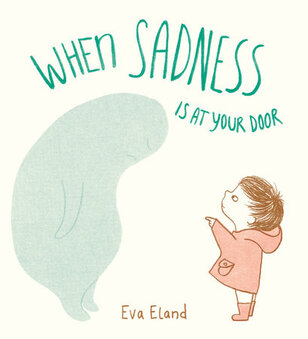
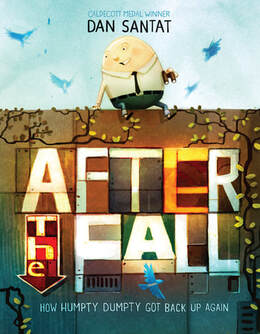
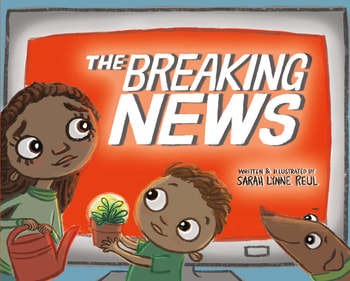
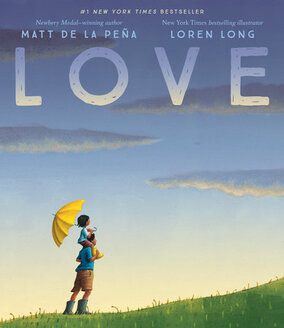
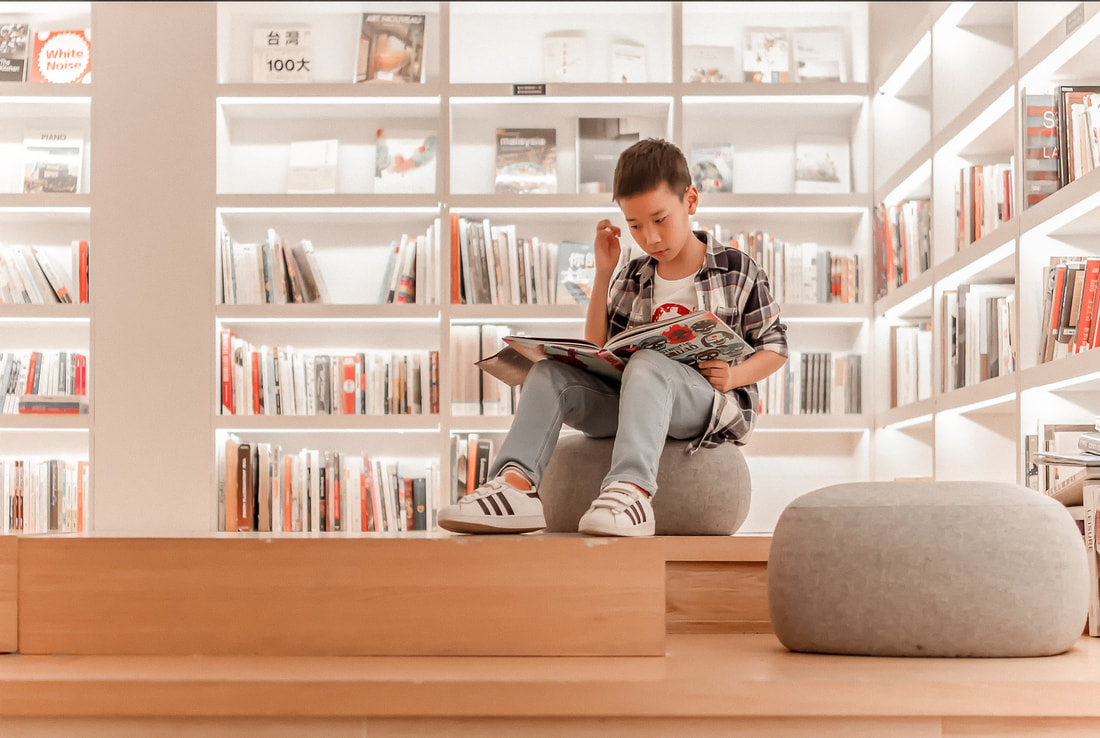

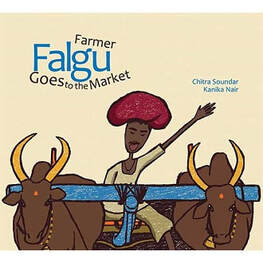
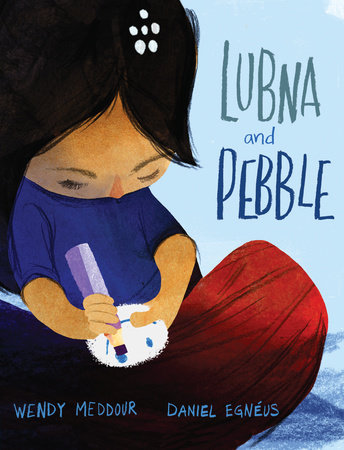
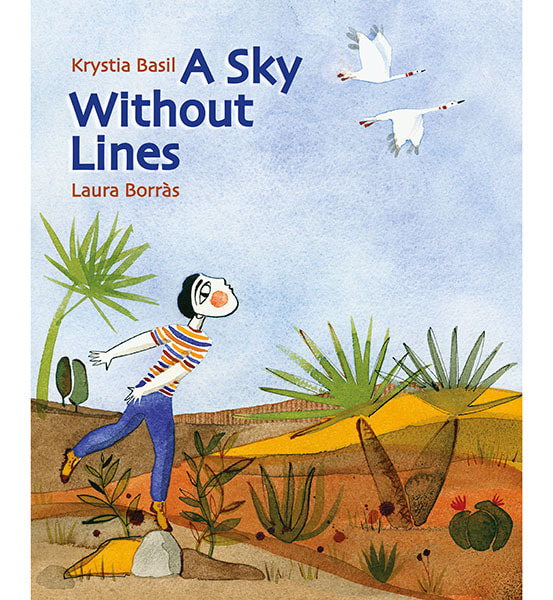
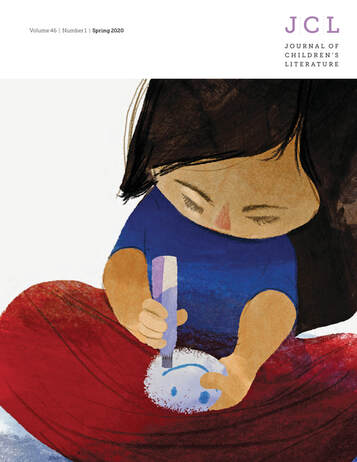
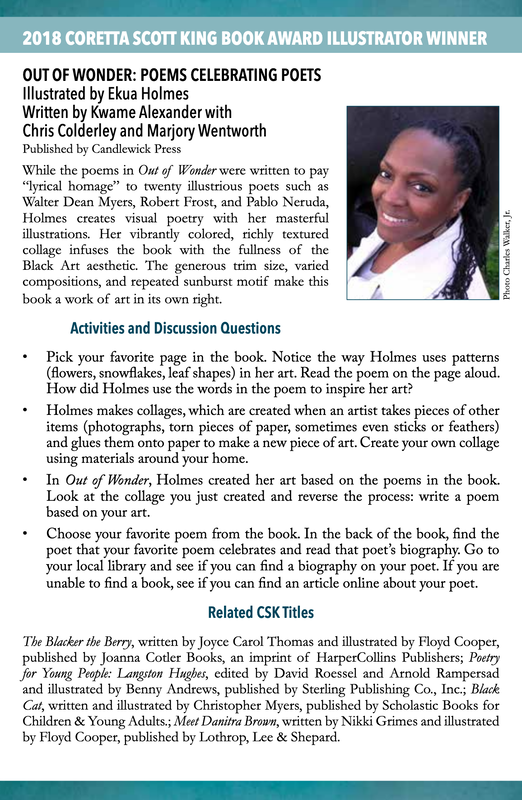
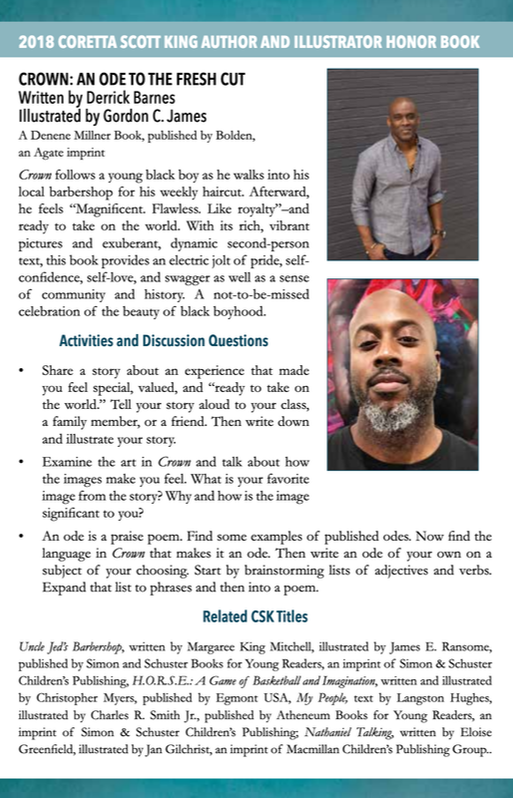
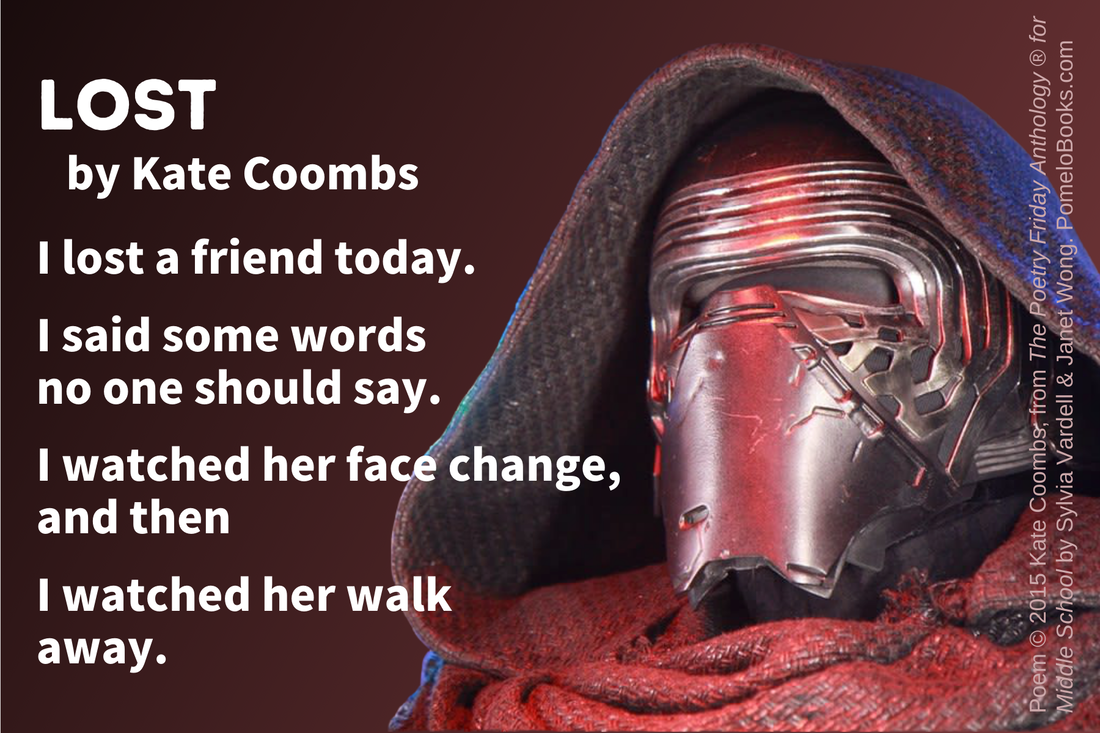
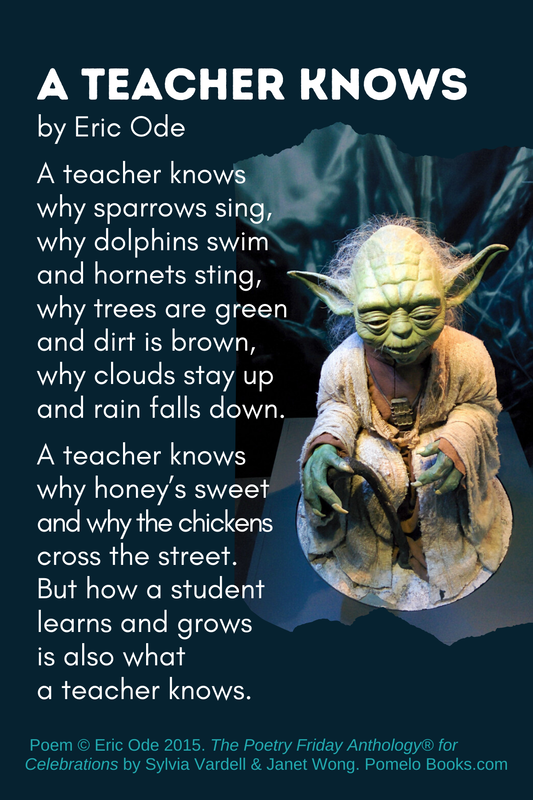


 RSS Feed
RSS Feed